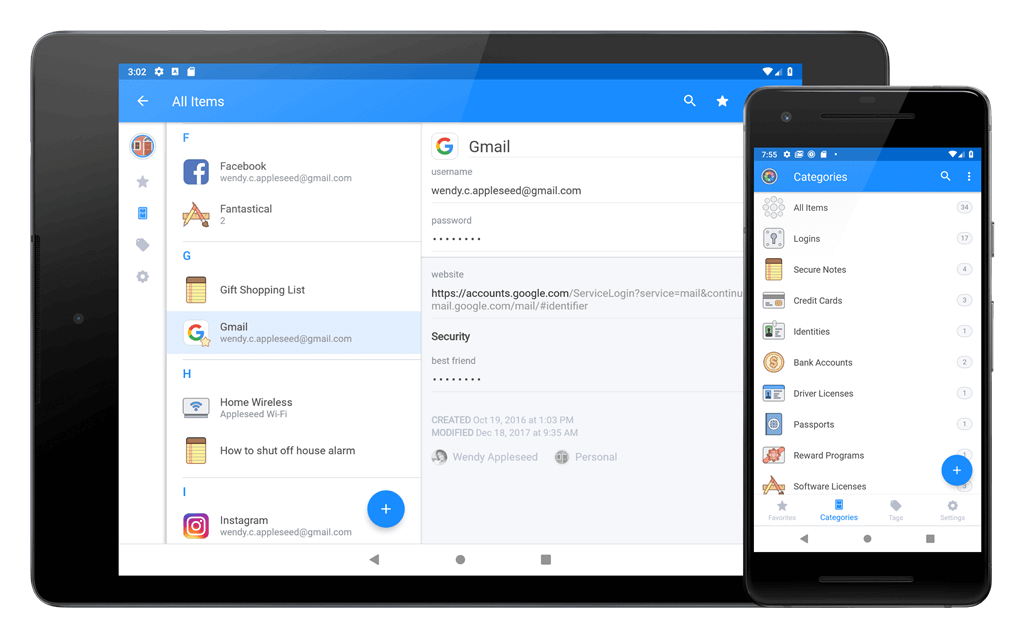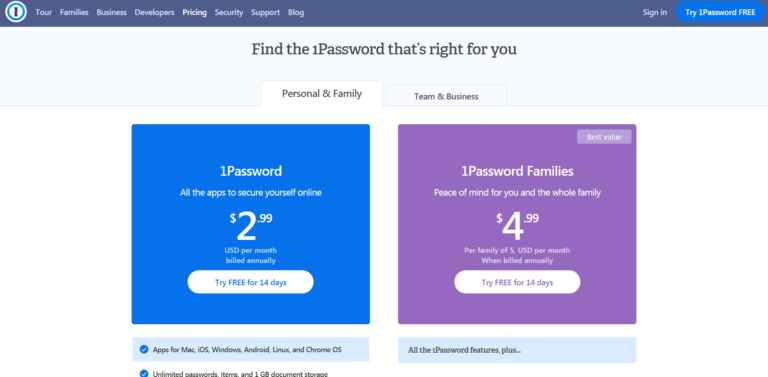

Since then, our site has experienced zero downtime, no more bot email subscribers, and customer service is exceptional.īudget website hosting also guarantees slow load times which is detrimental to your nonprofit’s search engine optimization (SEO) and a poor user experience for your donors and supporters. We had to move to a premium website hosting company and upgraded to a $96 a month plan. If your website has been taken offline or your data compromised in a cyberattack, you are going to need fast-responding, knowledgeable customer service.įor many years Nonprofit Tech for Good used a budget website hosting company for $12 a month, but by 2020 our website downtime became significant and our email opt-in forms overrun with spam bot subscribers. Customer service can be unreliable and slow to respond. Security practices by budget website hosting companies are often poor and lack basic firewalls, malware protection, and limited protection against DDoS attacks. Inexpensive website hosting is tempting for nonprofits on a limited budget, but eventually, the high price of low-cost website hosting becomes evident. 1) Use a premium hosting service for your website. Below are five simple best practices for your nonprofit to ensure that your staff and your digital marketing and fundraising campaigns are safe and protected.

Cybersecurity at your nonprofit must be a priority in 2023.

By Heather Mansfield, founder and editor-in-chief of Nonprofit Tech for GoodĪccording to the 2023 Nonprofit Tech for Good Report, 27% of nonprofits worldwide have experienced a cyberattack (email phishing, website hacking, ransomware, social media attack, etc.).


 0 kommentar(er)
0 kommentar(er)
